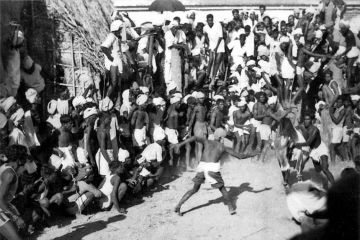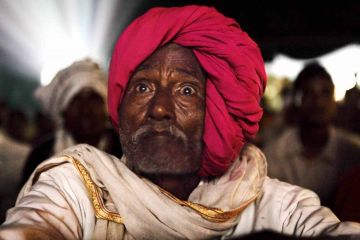���Malana Cream”, a brand of hashish—hyped to be
the best in the world—is named after Malana village where it is produced.
Shadowed by the Himalayan range, this village of about 1,700 inhabitants was
otherwise mostly known for its hostility to outsiders. It was almost a republic
unto itself.For centuries, Malana was isolated from rest of India due to the
forbidding terrain and villagers’ belief system that categorised outsiders as
untouchables. However, new power projects in the las





